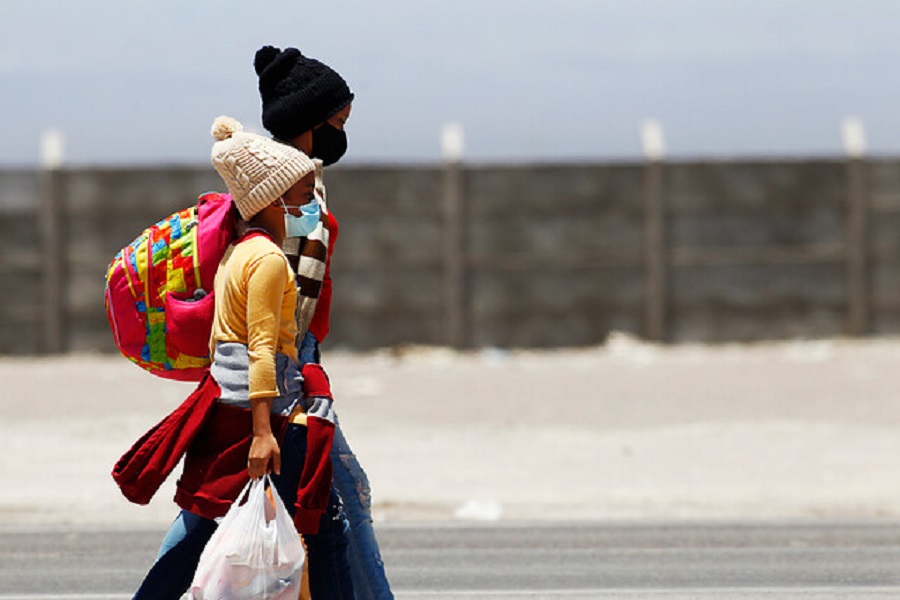RIO DE JANEIRO, BRAZIL – The drivers of this increase were linked to the Covid-19 pandemic and the social and economic crisis associated with part of that period. However, there is one group – among those surveyed – that suffered an even more radical deterioration in their income: migrants.
If by 2017, 10.9% of the foreign community living in Chile was in poverty, the figure increased to 17% in 2020, while among the Chilean population it rose from 8.4% to 10.4%.

The “Casen and Migration: A study of poverty, work and social security in the migrant population” report, prepared by the Studies Area of the Jesuit Migrant Service (SJM) based on data from the Casen survey, points out that among migrants, there are groups worst affected by poverty: women, children and adolescents and those living in the northern part of the country.
Among the migrant population living in poverty, the most affected are found in the Far North (regions of Arica and Parinacota, Tarapacá and Antofagasta), where the rate of poverty among foreigners reaches 28% and the rate of labor informality stands at 35%.
Indices exposing a gender gap in the migrant population were also found: 78% of foreign men are employed, while among women the figure stands at 60%. In addition, the share of women employed in informal jobs is higher (25%) than that of men (22%).
“It is relevant to highlight that women in both groups (Chileans and migrants) show higher rates of informal employment than men, here there is also a gender gap, where women would be employed in more precarious jobs and with lower social security,” the report states.
Poverty in general affects more children and adolescents born outside Chile, where 26%, or 1 in 4, were in a situation of poverty in 2020.
The report also notes that 15% of children and adolescents born in Chile fall below the poverty line, but within this group, when a child born in the country has at least one migrant parent, the figure stands at 22% below the poverty line.
“Migrant children and adolescents require special attention, many of whom, as we have seen in our daily work, had problems accessing education due to the lack of suitable technological devices for online education during the pandemic,” said the SJM’s Director of Public Advocacy and Studies Carlos Figueroa.
“We must also be attentive to the need for immigration legalization of this group and their families, bearing in mind that some immigration policies may affect the best interests of children. This is a problem that we adults must quickly solve,” he added.
CAUSES
The SJM report found that the higher increase in poverty rates in the migrant population compared to the Chilean between 2017 and 2020 is not due to a labor insertion or formality issue, nor to the features of the current migratory pattern (which has been settled in Chile for a few years).
Lack of access to social security explains this increase, such as the situation of migrants in the Far North region, where 14% of the foreign population lives and 11% of migrant labor force is located.
In this respect, the study points out the lower incidence of state aid during the pandemic as the most significant cause for this greater impact on the migrant population.
Along these lines, the Emergency Family Income (IFE), one of the most relevant benefits during the pandemic, was received to a lesser extent in migrant households (22%) than in Chilean households (32%). This is replicated in the different income brackets, with significant discrepancies.
According to the SJM, the higher increase in poverty in the migrant population than in the national population between 2017 and 2020 is due to a lower incidence of institutional support networks, rather than to a labor insertion or formality issue, or to the features of the current migratory pattern.
“If the lack of institutional support networks is a factor behind increased poverty among the migrant population, in our opinion it is even more important to focus efforts on regularizing migrants, as well as on the availability of formal channels to guide them in accessing rights such as health, housing and education,” Figueroa pointed out.
“It is also imperative to see migration from a regional perspective, where no country on its own can address this social phenomenon,” he added.

